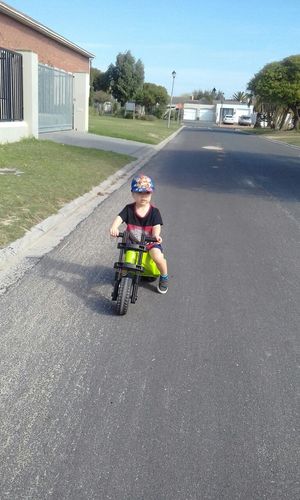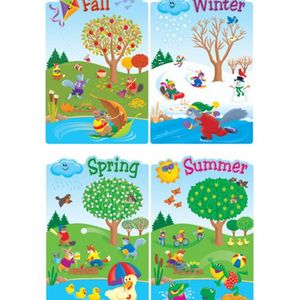
I can/can't ride a bike for intermediate students.
课程介绍
In this lesson, I have used abilities all young kids possess to explain the difference between being able to do something and not being able to do something in a Grammar lesson.
For example:
- I can ride a bike because I am big. (positive)
- I can't ride a bike because I am too small. (negative)
A Grammar lesson for young kids can be challenging, so in order to keep it uplifting, I have included various fun activities for the kids to do to keep them involved.
We address grammar key points and pronunciation of words and the student engages in conversations relating to things they can and can't do in their daily lives.
The student is encouraged to express the new language learned in conversation, based on their ability or inability in everyday life, thus allowing them the opportunity to freely express these experiences. This also enables me to monitor their progress and take notes on any key elements that may need to be addressed.
For example:
- I can ride a bike because I am big. (positive)
- I can't ride a bike because I am too small. (negative)
A Grammar lesson for young kids can be challenging, so in order to keep it uplifting, I have included various fun activities for the kids to do to keep them involved.
We address grammar key points and pronunciation of words and the student engages in conversations relating to things they can and can't do in their daily lives.
The student is encouraged to express the new language learned in conversation, based on their ability or inability in everyday life, thus allowing them the opportunity to freely express these experiences. This also enables me to monitor their progress and take notes on any key elements that may need to be addressed.

Cafetalk 的取消政策
课程预约确定前
- 随时可以取消。
课程预约确定后
- 课程时间前 24 小时以上→ 随时可以取消。
- 课程时间前 24 小时內 → 讲师将可能收取消费。
-
缺席→ 讲师将可能收取消费。
(请与讲师确认详情。)
讲师提供的课程
-
-


Vocabulary Lesson: Adjectives describing Seasons.
The Four Seasons for intermediate students.30 分钟 1,100 点
-




